Opening the conference in the beautiful setting of the Chapel, Professor Ian Hargreaves, Professor of Digital Economy and the author of ‘Digital Opportunity: A Review of IP and Growth’ delivered the keynote speech on ‘Copyright Wars: Frozen Conflict’ to which a thought-provoking response was delivered by MEP, Julia Reda (Greens/EFA Group/Pirate Party). The video of the keynote including the transcript and MEP Julia Reda’s response is available here.
During the 2-days, a number of Researchers from the Centre for Intellectual Property Policy and Management (CIPPM) including Maurizio Borghi, Dinusha Mendis, Ruth Towse, Marcella Favale and Sally Weston attended and presented at the conference.
Marcella Favale presented her paper co-authored with Martin Kretschmer and Paul Torremans Is There a EU Copyright Jurisprudence? An empirical analysis of the workings of the European Court of Justice.
Ruth Towse presented her paper on Copyright and business models in music publishing: the law and the market (as part of the AHRC-funded project Evolution in Music Publishing).
Maurizio Borghi presented on Crowdsourcing the orphan works problem (as part of the recently funded EnDOW project). The EnDOW Project is led by CIPPM and carried out in partnership with CREATe, University of Glasgow, ASK, University of Bocconi and IViR, University of Amsterdam.
Sally Weston presented on Encouraging interoperability by the sharing of interface information obtained by reverse engineering – as part of the research carried out for her PhD project.
Dinusha Mendis presented and led a panel on A Legal and Empirical Study into the Intellectual Property Implications of 3D Printing – Conclusions and Recommendations (as part of a project commissioned and funded by the UK Intellectual Property Office). The other panel members who also contributed to the commissioned project and presented on the Panel included Dr. Davide Secchi (University of Southern Denmark), Ms. Sophie Jones (Stratasys Strategic Consulting) and Ms. Pippa Hall of the UK Intellectual Property Office who spoke about next steps in relation to policy and reform in the area of 3D printing and IP Law.
In the same manner that the Conference commenced, the 2-day Conference was brought to a close by an equally excellent closing keynote speech by Professor Pamuela Samuelson, Richard M. Sherman Distinguished Professor of Law from Berkeley Law School. The closing keynote can be found here. Professor Samuelson spoke about the challenges and opportunities brought about evidence-based IP policy and concluded her keynote and the Conference by stating: “I think that evidence based IP policy is a theme worth pursuing. It’s not always going to win but it gives this community something useful to debate and to offer to policy makers. Like Julia Reda, I think reform is possible but it’s not going to be easy, and generational change will probably make more of a difference than anything we write today”.
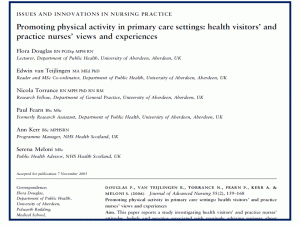

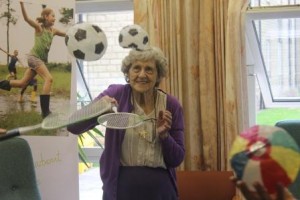
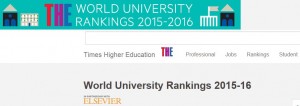


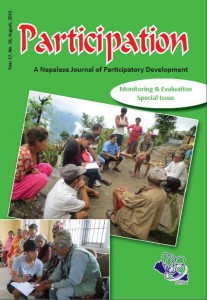



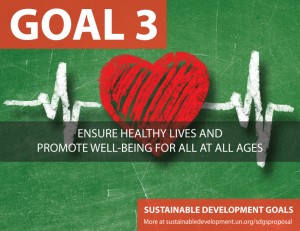
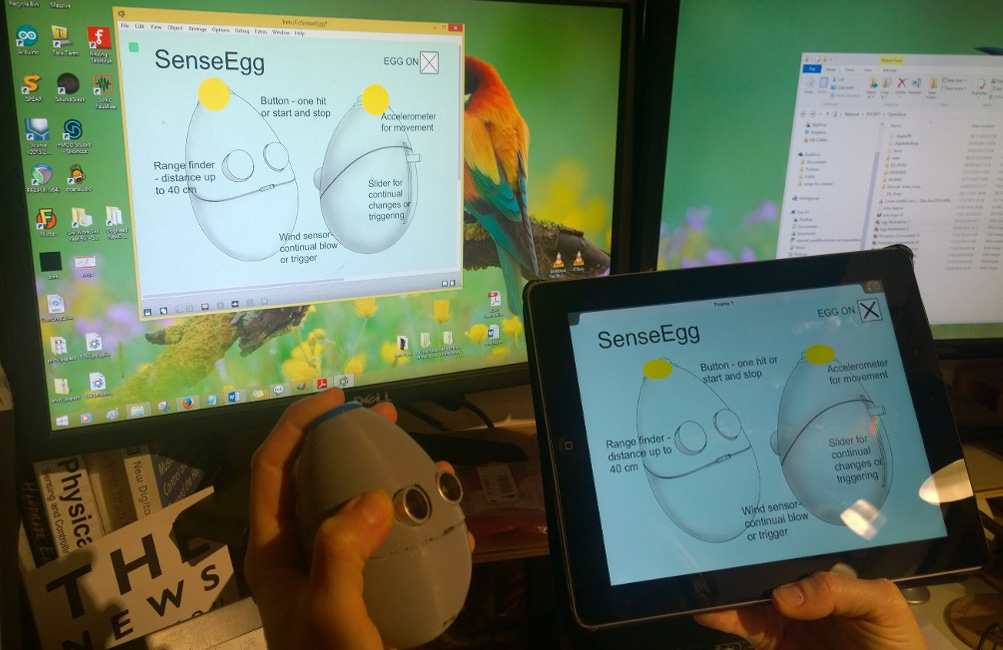
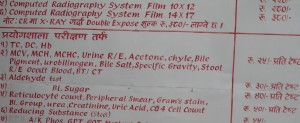
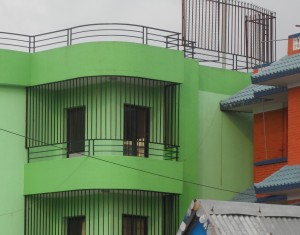
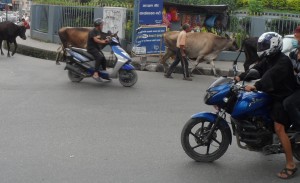 Today I attended a contract-signing meeting at the Department of Health, Physical and Population Education at Nepal’s oldest university, Tribhuvan University (TU).
Today I attended a contract-signing meeting at the Department of Health, Physical and Population Education at Nepal’s oldest university, Tribhuvan University (TU). Midwives (ANMs) about the key mental health issues in pregnancy and in the months after birth. A local charity Green Tara Nepal (GTN) will support the work through some of the curriculum design, sensitising UK volunteers to live in rural Nepal, assisting in translating, as well as helping to recruit the local health workers. The two UK universities have a long history of working with GTN as well as its sister organisation Green Tara Trust (GTT), a Buddhist charity based in London. The new project will be based in Nawalparasi in the sub-tropical part of the country bordering India. The target population consists of grassroot health care practitioners since there are no doctors in these rural villages.
Midwives (ANMs) about the key mental health issues in pregnancy and in the months after birth. A local charity Green Tara Nepal (GTN) will support the work through some of the curriculum design, sensitising UK volunteers to live in rural Nepal, assisting in translating, as well as helping to recruit the local health workers. The two UK universities have a long history of working with GTN as well as its sister organisation Green Tara Trust (GTT), a Buddhist charity based in London. The new project will be based in Nawalparasi in the sub-tropical part of the country bordering India. The target population consists of grassroot health care practitioners since there are no doctors in these rural villages.
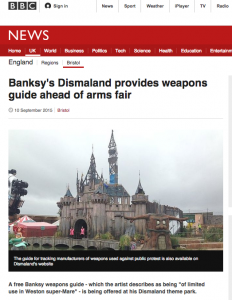 Everyday, around the world, law enforcement officers use tear gas, stun grenades, rubber bullets and other riot control weapons on civilians. While these devices are marketed as safe and humane ‘less lethal’ weapons, they regularly cause injuries and even deaths.
Everyday, around the world, law enforcement officers use tear gas, stun grenades, rubber bullets and other riot control weapons on civilians. While these devices are marketed as safe and humane ‘less lethal’ weapons, they regularly cause injuries and even deaths.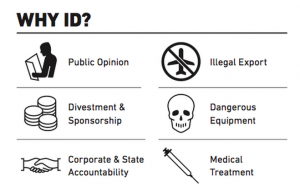 riot control weapons is largely predicated on their appropriate use, following strict, clinically trailed guidelines. Last week marked the 25th anniversary of the
riot control weapons is largely predicated on their appropriate use, following strict, clinically trailed guidelines. Last week marked the 25th anniversary of the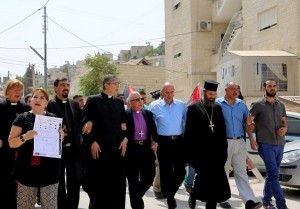 abuses, and identify the manufacturer and country of origin of these devices. It aims to help close the gap between how police are advised to use these weapons and how they are used in reality in ways that cause danger to civilians.
abuses, and identify the manufacturer and country of origin of these devices. It aims to help close the gap between how police are advised to use these weapons and how they are used in reality in ways that cause danger to civilians.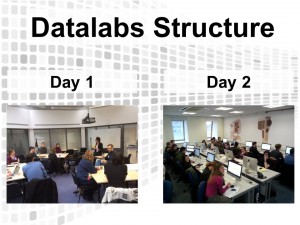
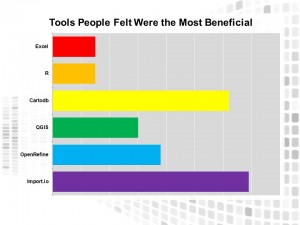 Feedback from our survey of Datalabs participants showed that most people’s familiarity with the tools and concepts taught during the workshops increased substantially, with most participants leaving the workshops feeling ‘familiar’ or ‘experienced’ with the basic tools and techniques of Data Storytelling.
Feedback from our survey of Datalabs participants showed that most people’s familiarity with the tools and concepts taught during the workshops increased substantially, with most participants leaving the workshops feeling ‘familiar’ or ‘experienced’ with the basic tools and techniques of Data Storytelling.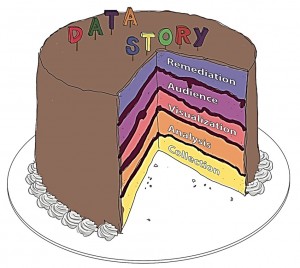
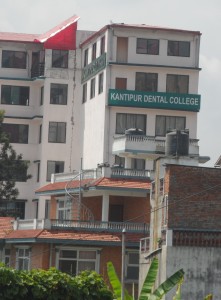
 2016 (15-16 Feb.).
2016 (15-16 Feb.).


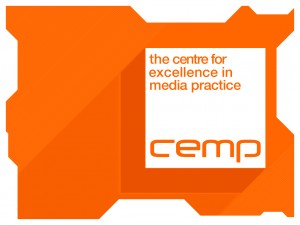












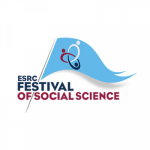 ESRC Festival of Social Science 2024 Open Call – Deadline for Applications Thursday 16 May
ESRC Festival of Social Science 2024 Open Call – Deadline for Applications Thursday 16 May We can help promote your public engagement event or activity
We can help promote your public engagement event or activity Horizon Europe News – December 2023
Horizon Europe News – December 2023